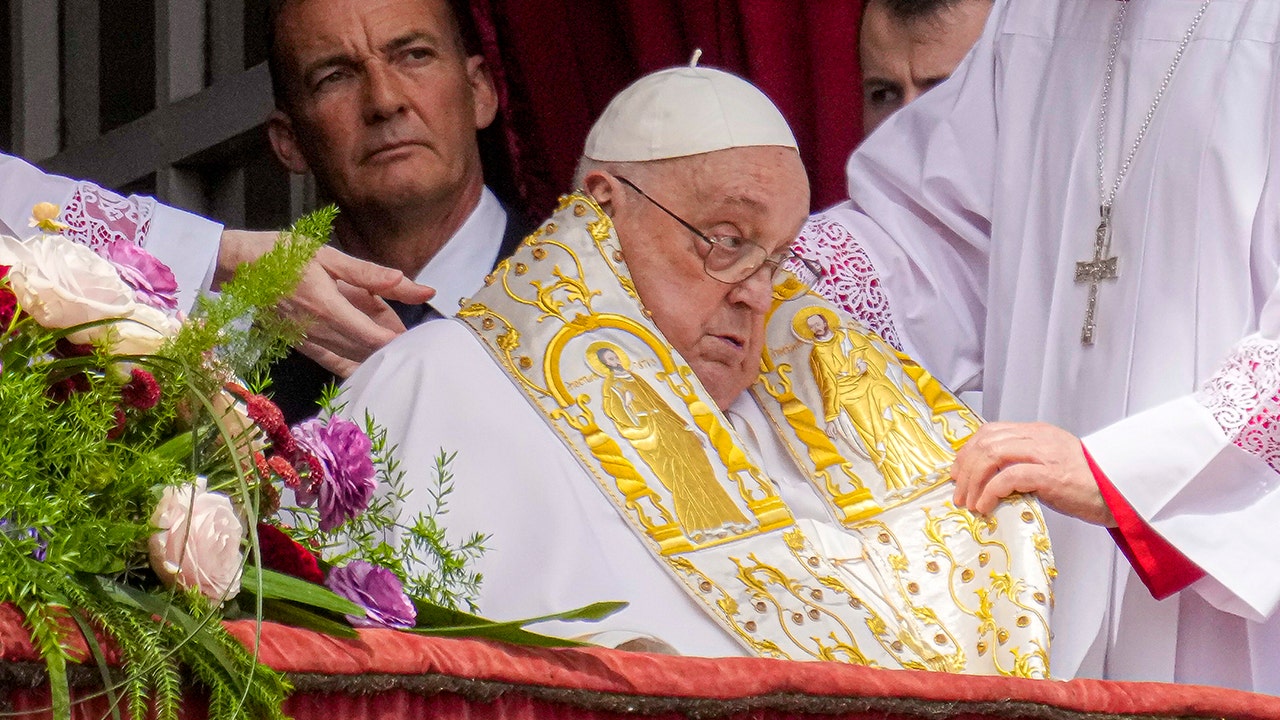Pope Francis’ death renews focus on the Church’s most powerful figures

Since the death of Jesus Christ in the AD 30s, there have been 266 papal leaders of the Catholic Church, with Pope Francis – Jorge Mario Bergoglio – being the most recent pontiff to pass away on Easter Monday at the age of 88. The papacy traces its origins back to St. Peter, the first holder of the title, who was appointed by Christ as the inaugural Bishop of Rome. The iconic papal church, St. Peter’s Basilica in Vatican City, is named in his honor, and his writings to persecuted people in the Asia Minor region are chronicled in the New Testament’s epistles.
St. Peter reportedly died around 64 AD and was succeeded by Pope Linus. Throughout history, there has been wide agreement that one of the most influential pontiffs was Pope John Paul II. Born Karol Wojtyla in Poland, John Paul II was the first non-Italian pope since the 1500s. His three-decade-long tenure in the Vatican was marked by significant events for the Catholic Church. He oversaw the transition into the digital age and continued to be a prolific writer, revising the Canon Laws for the church and authoring numerous encyclicals, apostolic exhortations, apostolic letters, and books.
Although John Paul II has not officially been designated as John Paul the Great, there is a consensus that he will one day receive this title. He held a Mass praying for forgiveness for the past sins of the Catholic Church and made over 100 state visits, engaging with non-Christians and fostering dialogue between different faiths. His memorable visit to Yankees Stadium in The Bronx, New York in 1979 drew a crowd of 80,000 people.
Among the few popes to be honored with the title “the Great” are Leo I, Gregory I, and Nicholas I. Pope Leo I is known for his meeting with Attila the Hun and preventing the siege of Rome, while Pope Gregory I is credited with popularizing Gregorian Chant and serving the poor despite his wealthy background. Pope Nicholas I emphasized the supremacy of Rome within the Catholic Church and opposed a king’s attempt to divorce and remarry.
Another notable pope, Gregory XIII, reformed the calendar in 1582 to correct miscalculations in the Julian calendar, leading to the adoption of the Gregorian calendar in Western lands. Pope Innocent III launched Crusades against Muslim-held territories and intervened in personal affairs, demonstrating the extent of papal power in the early 13th century.
In recent times, Pope Francis has delved into the political sphere more than his predecessors. He published the first papal encyclical focused on the environment, Laudato Si, in 2015, which influenced the U.N. Climate Change Conference in Paris and led to a global warming treaty. Francis has also criticized Western market capitalism, denouncing the “unfettered pursuit of money” as the “dung of the devil” during a speech.
The legacy of the papacy is rich and diverse, with each pope leaving a unique mark on the Catholic Church and the world at large. From St. Peter to Pope Francis, the succession of pontiffs has shaped the history of the Church and continues to inspire believers around the globe.




